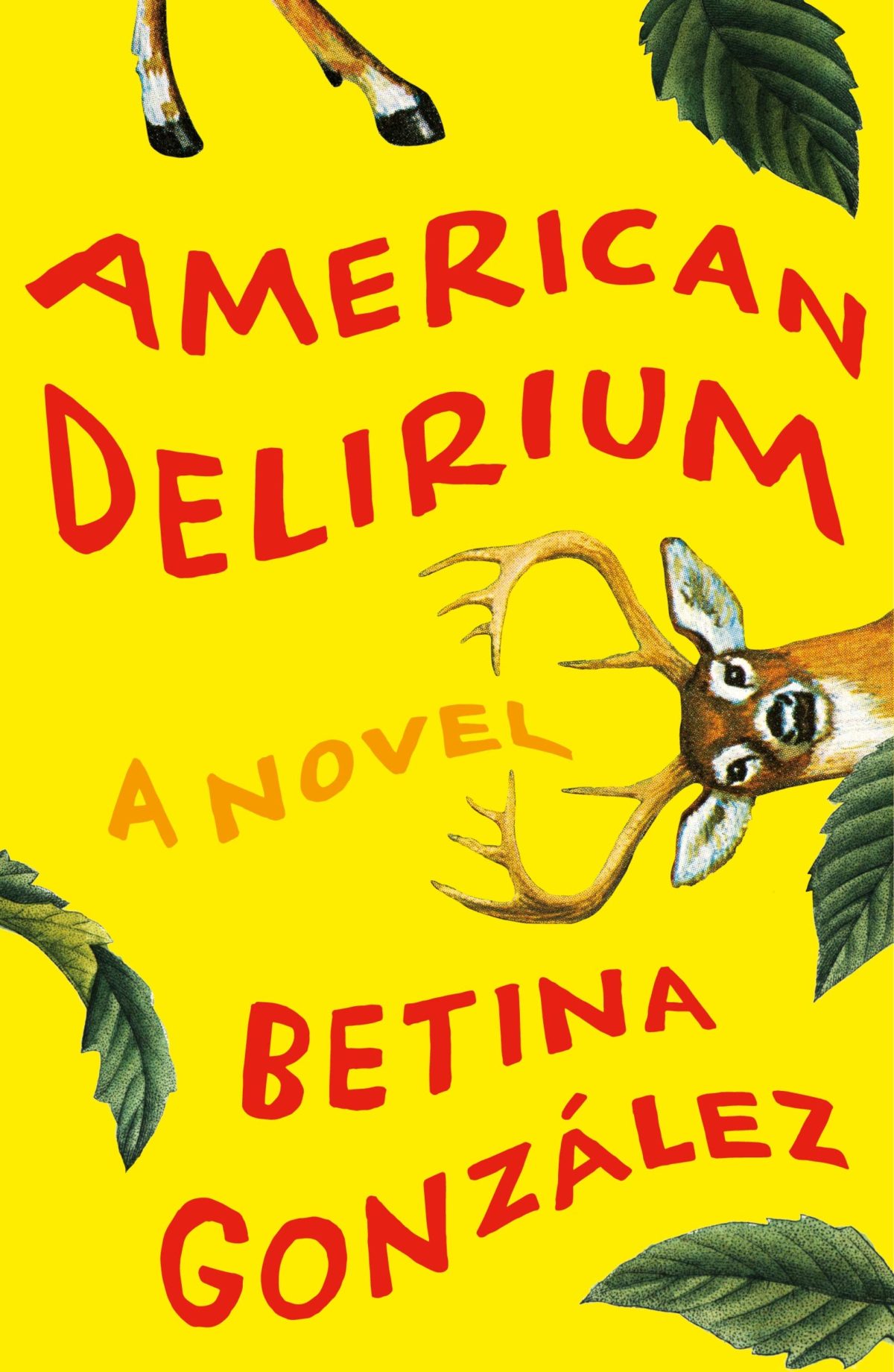
Format: 224pp., Hardcover; Size:5.93 x 8.48”; Price: 26.99 Publisher: Henry Holt and Co; Number of times skin wrinkles are noted: 9; Number of scenes in which characters simulate sex using household items or substances: 2; Other books by the author: Arte Menor; Juegos de Playa; Representative passage: “For me, those were years of grace, of real thinking (I don’t think now; now I’m too worried about chewing.) Those years were like an offering Someone dropped in my lap out of guilt for all the empty hours that would follow. Empty the way only time spent far from truth can be, a time that’s not even decline or decrepitude but an alien, parallel state where the soul spins, brutally alone. Asteroid 7998, alias Berilia X. Off course since 1969.”
You have reached your article limit
Sign up for a digital subscription and continue reading all new issues, plus our entire archives, for just $1.50/month.
Already a subscriber? Sign in




